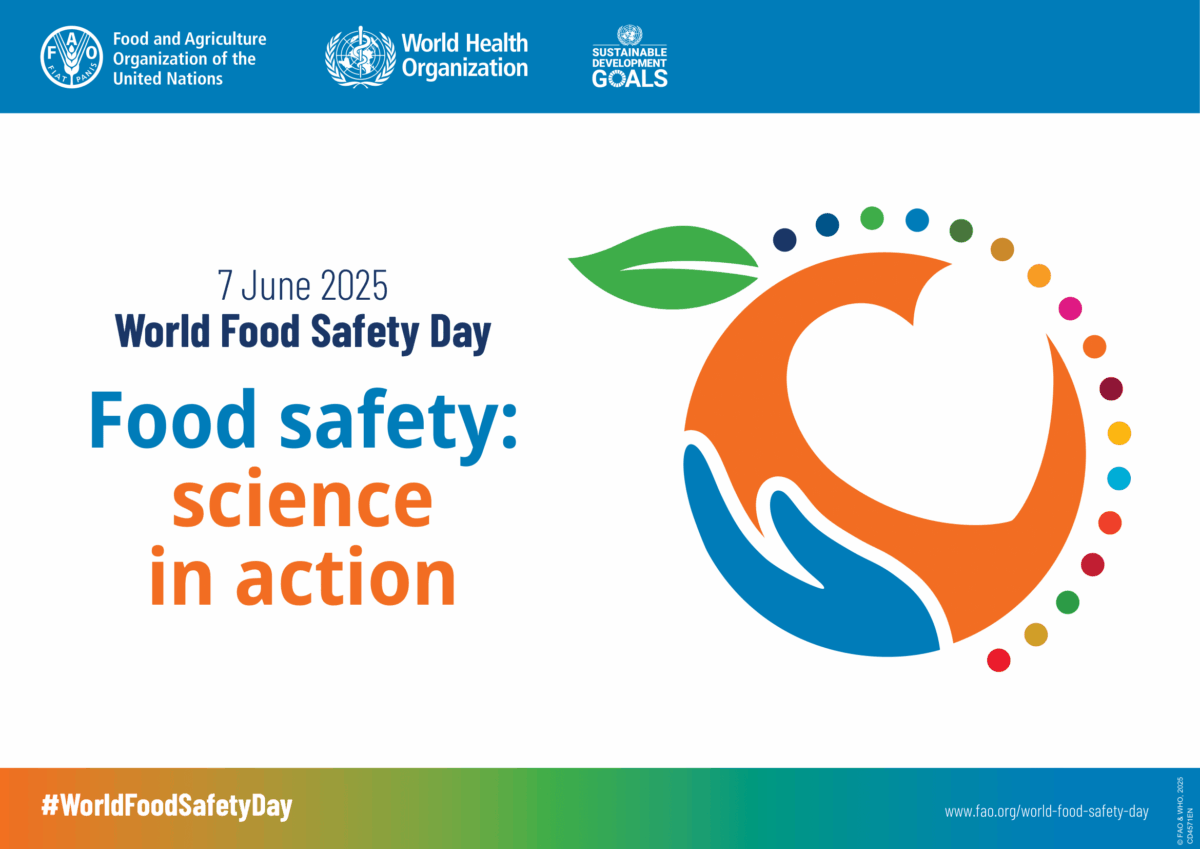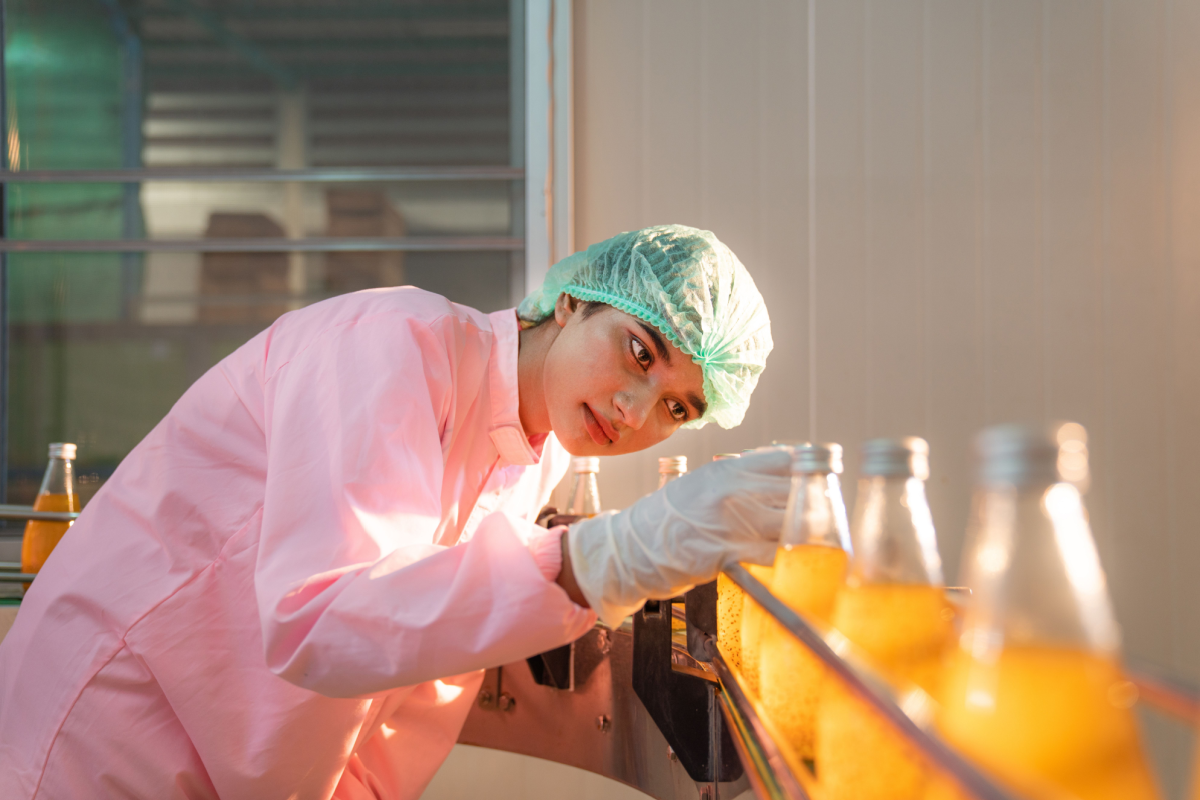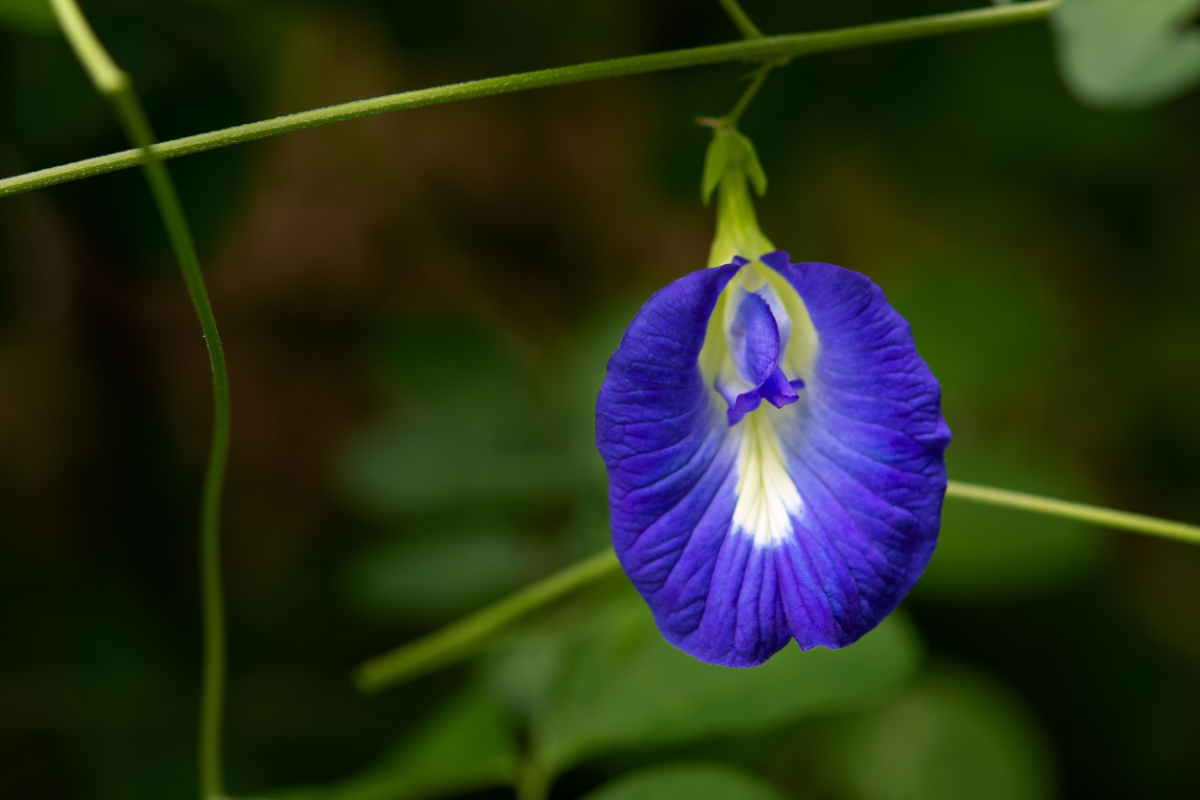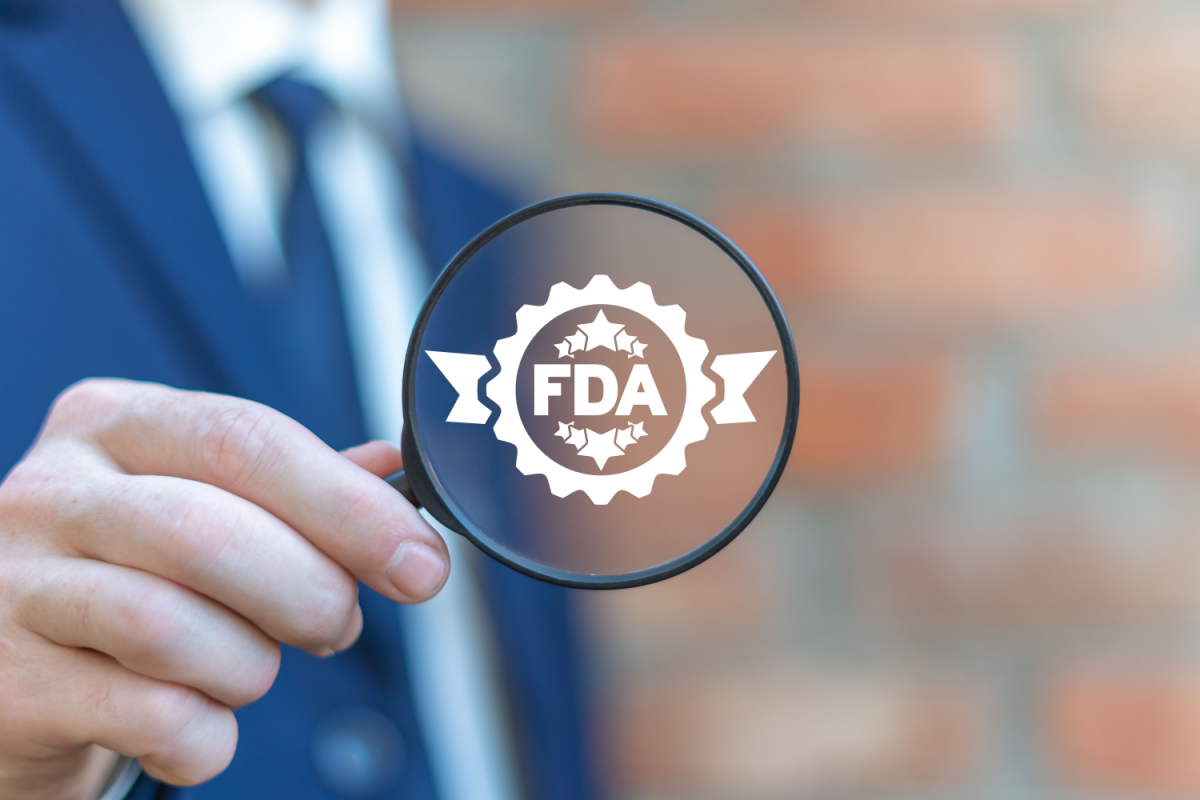Prime Energy drink, a popular beverage created by prominent YouTubers KSI and Logan Paul, is facing scrutiny as US Senate Majority Leader Chuck Schumer calls for regulators to investigate its marketing tactics. Concerns have been raised regarding the high caffeine content of the drink, which Schumer alleges is targeting children. The beverage, containing 200 mg of caffeine per 355 mL can, packs twice the amount found in its rival, Red Bull.
While each can of Prime Energy carries a clear warning advising against consumption by children under the age of 18, Schumer claims that the product is deceptively packaged and marketed in a manner nearly identical to the brand’s caffeine-free variant, Prime Hydration. Consequently, unwitting parents have inadvertently purchased the caffeinated version for their children, Schumer stated during a press conference in New York on Sunday.
Taking to Twitter, the Democratic Senator further demanded that the Food and Drug Administration (FDA) initiate an investigation into Prime Energy drink’s high caffeine content and its deliberate targeting of children through social media advertising.
PRIME Energy Drink has so much caffeine that it could endanger kids’ health.
But it's being marketed to kids!
Parents and pediatricians are worried.
The FDA must investigate PRIME for its absurd caffeine content and its marketing targeting kids on social media. https://t.co/8f8Udp3dZu
— Chuck Schumer (@SenSchumer) July 9, 2023
Related: Bang Energy’s Twist of Fate: Monster Energy as Potential Buyer
Prime Frenzy
Back in 2022, Logan Paul and KSI, with their combined YouTube following of approximately 48 million, introduced the caffeine-free Prime Hydration drink, which swiftly gained online popularity, leading to long lines outside retailers and even enthusiastic dives into store shelves. Prime products garnered a fervent following, resulting in a frenzy that saw these drinks disappearing from shelves or being sold at exorbitant prices.
The brand has also secured coveted partnerships, becoming the official sports drink of renowned teams such as the Los Angeles Dodgers, the Arsenal Football Club and the UFC. There are even whispers of FC Barcelona considering a contract with Prime, potentially replacing its longstanding association with Gatorade.
According to David Craig, a professor specializing in social media communications at the University of Southern California, the allure of Prime extends far beyond the drink itself. For consumers, holding a can represents much more — it’s a status symbol, a tangible emblem of membership in a dedicated fan club and a testament to their sense of belonging within a vibrant community.
And at the heart of this thriving community stand the faces behind the brand: the renowned YouTubers, KSI and Logan Paul. KSI, 30, and Paul, 28, have amassed tens of millions of subscribers on their respective YouTube channels, with a considerable portion of their fan base being teenage males.
Even before the advent of Prime, Paul faced scrutiny for tailoring his content to a young audience, leveraging controversy as a catalyst for viral success. He has weathered backlash for provocative statements, as well as for videos involving tasering deceased rodents and showcasing a tragic incident involving a person who had taken their own life.
Craig attributes the duo’s appeal to their perpetual youthfulness and rebellious demeanor. Their behavior reflects a sense of extended adolescence that has captivated audiences for over a decade, yielding substantial financial rewards, particularly when Paul and KSI join forces.
Before embarking on a business partnership, the two were fierce rivals, exchanging verbal jabs on their respective platforms until they finally faced off in a boxing match. Forbes reported that the match in 2019 generated no less than $900,000 for each participant. Fast forward to 2022, The Washington Post revealed astonishing sales figures of $250 million with the launch of Prime.
Does Prime Energy Drink Contain Too Much Caffeine?
In January of this year, the caffeinated Prime Energy drink was launched, promoted as both sugar-free and vegan. Adhering to responsible consumption guidelines, each can of the beverage clearly cautions against its consumption by individuals under 18 years of age, caffeine-sensitive individuals, pregnant women and breastfeeding women.
During a press conference last Sunday, Senator Schumer emphasized the need for the FDA to conduct a thorough investigation into Prime Energy drink, which he referred to as a “cauldron of caffeine” that poses significant health risks for children.
Schumer’s announcement served as a public service warning to parents, particularly focusing on how the product is promoted online. He expressed concern about the extensive advertising campaign employed by Prime, targeting children and raising awareness of the beverage among young consumers.
A single 12-ounce can of Prime Energy contains as much caffeine as two cups of coffee or approximately six cans of Coca-Cola. With 200 mg of caffeine, it surpasses the caffeine content of other energy drink brands such as Red Bull (80 mg per 8.4-ounce can) and Monster (160 mg per 16-ounce can).
According to the American Academy of Child and Adolescent Psychiatry, there is no established safe caffeine dose for children. The group advises that children under 12 avoid caffeine entirely, while those aged 12 to 18 should limit their intake to approximately 100 mg in a day.
Regardless of age, excessive consumption of caffeine can lead to sleep deprivation, anxiety, nausea, decreased appetite, headaches and dizziness, according to the National Institutes of Health. Disturbingly, there have been reports of a child in Wales experiencing cardiac arrest after consuming Prime. Even before Schumer’s public warning, some schools in the UK had already implemented bans on Prime drinks.
In a letter addressed to the FDA, Schumer outlined four key areas that he believed warranted investigation: the energy drink’s claims regarding enhanced athletic performance and focus, its intensive advertising on social media platforms, its labeling and warning practices and its remarkably high caffeine content.
In response, a representative from Prime Energy emphasized to CNN that the drink’s caffeine content is comparable to other best-selling energy beverages and remains within the legal limits of the countries where it is sold. They assured the public that Prime Energy adhered to all FDA guidelines prior to its market release.












Join or login to leave a comment
JOIN LOGIN